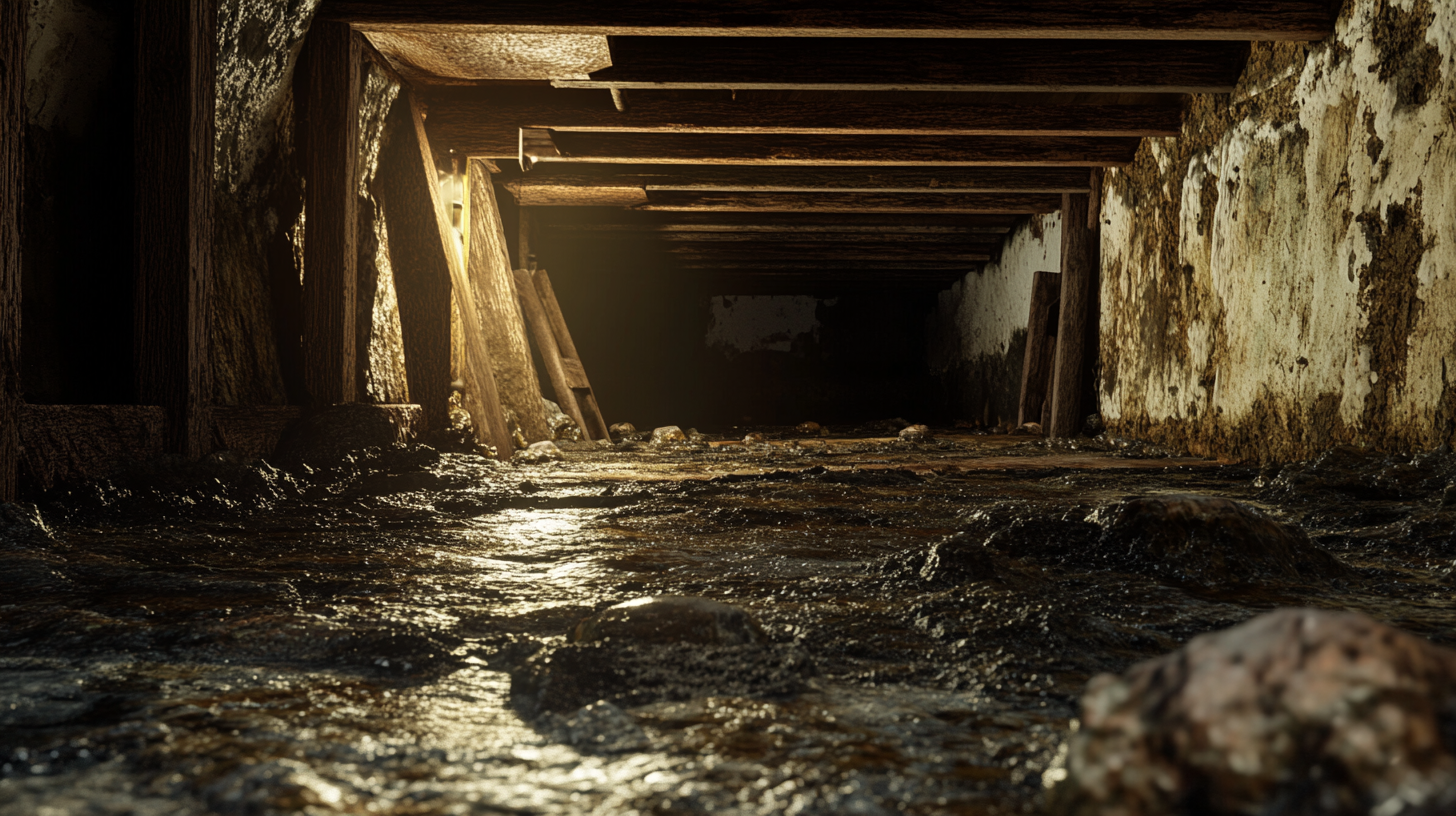Now IS THe Time To...

Crawl Space Services In Knoxville, TN
Stetson Howard: 865-432-6743
CRAWL SPACE ENCAPSULATION, REPAIR, WATERPROOFING & MOLD REMOVAL
No-Obligation, Free Inspections
No-Obligation Free Estimates
We Warranty All of Our Work
100% Satisfaction Guaranteed
Insulating the floor of your crawl space is a smart and effective way to boost your home's energy efficiency and overall comfort. Crawl spaces are notorious for letting in outside air, causing uneven temperatures and higher heating or cooling bills. In this guide, we'll explore various techniques for insulating the crawl space floor, helping you create a cozier and more energy-efficient home environment.
The Role of Crawl Space Floor Insulation in Energy Savings
Crawl space floor insulation plays a pivotal role in achieving substantial energy savings for your home. This insulation technique serves as a barrier that prevents heat loss during the cold winter months and hinders heat gain in the scorching summer season. By efficiently regulating the temperature under your home, crawl space floor insulation reduces the workload on your heating and cooling systems, leading to lower energy consumption and consequently, reduced utility bills. It also contributes to more consistent indoor temperatures, ensuring that your living spaces remain comfortable throughout the year. Furthermore, by reducing the strain on your HVAC system, crawl space floor insulation extends its lifespan, leading to long-term cost savings and environmental benefits.
Choosing the Right Insulation Material for Your Floor
Selecting the appropriate insulation material for your crawl space floor is a crucial decision that impacts both energy efficiency and overall effectiveness. Fiberglass batt insulation is a popular choice for crawl space floors due to its cost-effectiveness and relatively simple installation process. However, it's essential to install it meticulously to prevent moisture issues. For a higher level of energy efficiency and moisture control, consider closed-cell spray foam insulation. It provides an airtight seal that not only prevents heat transfer but also effectively blocks out moisture. Though it often requires professional installation, it offers outstanding performance and long-term benefits.
Another option is rigid foam board insulation, known for its moisture resistance and ease of installation. It's suitable for DIY projects and offers reliable thermal insulation while doubling as a moisture barrier. When selecting an insulation material, it's crucial to assess your crawl space's specific needs, including moisture levels and climate, to make an informed choice that ensures both efficiency and durability. Consulting with insulation professionals can provide valuable insights and recommendations tailored to your unique circumstances.
Addressing Air Leakage and Thermal Bridging in Floor Insulation
Achieving optimal energy efficiency in your home involves not only choosing the right insulation material but also addressing two critical factors: air leakage and thermal bridging. Air leakage occurs when gaps or cracks in your crawl space floor insulation allow conditioned indoor air to escape and outdoor air to infiltrate. To combat this, it's essential to seal any seams, joints, or penetrations in your insulation thoroughly. Additionally, use weatherstripping or caulk to seal gaps in the crawl space's perimeter, ensuring an airtight barrier that prevents unwanted heat transfer.
Thermal bridging, on the other hand, occurs when heat escapes through areas of insulation that are less effective, like wall studs or floor joists. To mitigate thermal bridging, consider installing continuous insulation on the crawl space floor. This creates a consistent thermal barrier, minimizing heat loss and maintaining a more even temperature throughout your home. Properly addressing both air leakage and thermal bridging ensures that your crawl space floor insulation operates at peak efficiency, helping you achieve maximum energy savings and overall comfort.
FAQs
Recent Blog Posts
Crawl Space News







